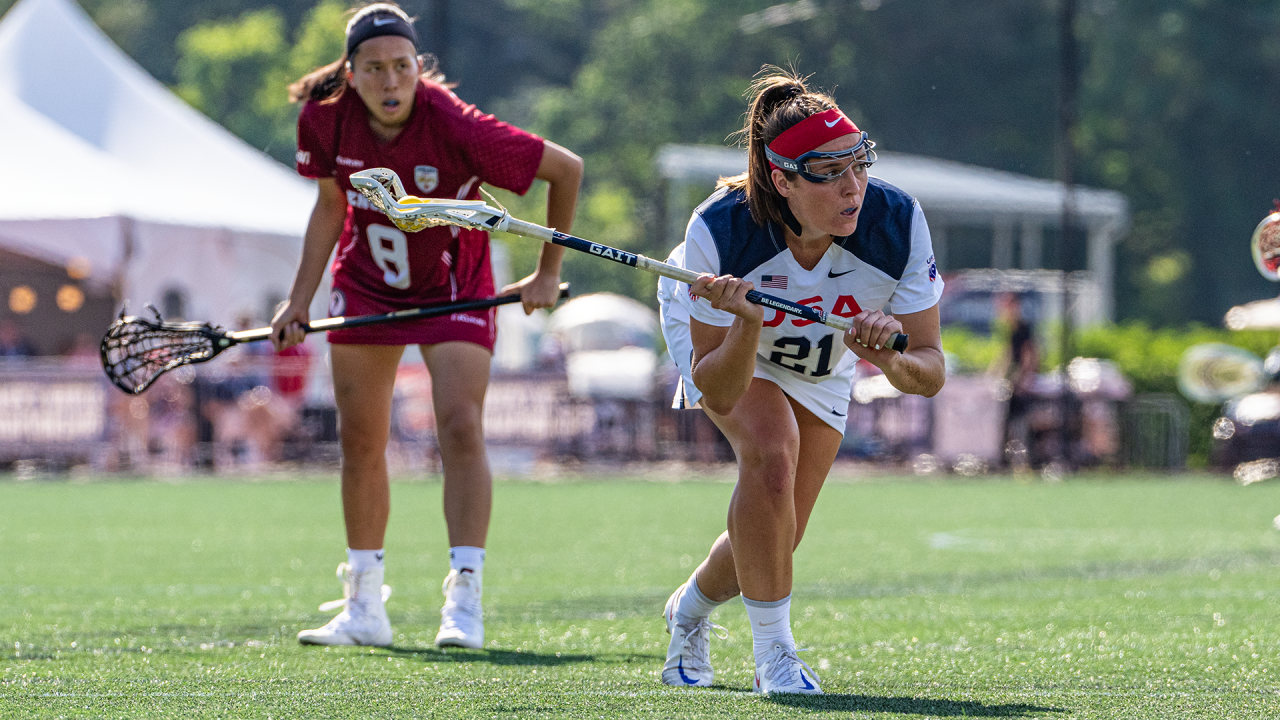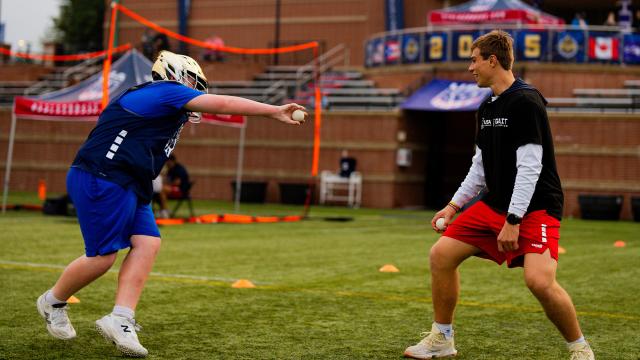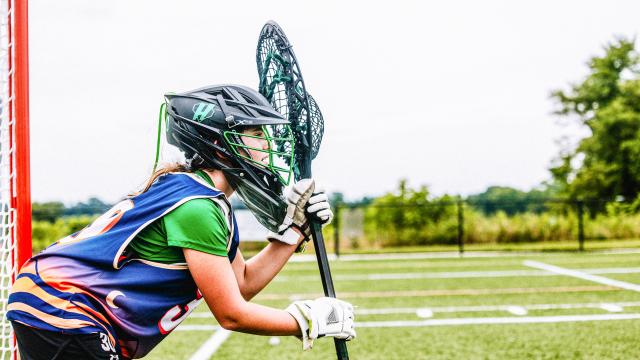
To Run or Rip? Why It's Important to Have Options in Your 8-Meter Arsenal
There are many strategies when it comes to shooting eight-meter shots, but many questions that come my way about them focus on running it in versus ripping from the hash.
Young players often question which technique is better, and honestly, I think both have their advantages depending on game scenarios, player strengths and defensive strategies.
- If the defense leaves the hanging hash open with an offensive player on the first inside hash, I say run it in — always.
- If a player doesn’t have a quick first step but has an accurate cannon of a shot, my gut says to crow hop and rip.
- If the goalie plays far out on top of her crease, I would run it in and try to shoot around her.
Players need to have both options in their arsenal and know when to use them to be as lethal as possible.
HOW TO BEAT THE ZONE
With so many zone defenses being played this season, fans have also watched a variety of zone offensive strategies on display. Many teams that find success against zones have a couple of different schemes in their arsenal and do a few simple things consistently well.
Some of the keys to success against a zone defense include:
- Cutters on the inside keeping their hips facing the cage. When cutters cut with their back to the goal, it makes finishing infinitely harder. C-cuts that create solid shooting angles and drive a player’s hips downhill are a cutter’s best friend.
- Stepping into the gaps a zone defense creates during a shift. When the ball moves offensively and causes the defense to shift, the offense needs to fill the gaps that their ball movement creates. Attackers don’t want to stand in line with defenders, but rather split them to create passing and cutting lanes.
- Dodging. Dodging against a zone is just as important as ball movement because it causes defensive players to have to shift and slide. There needs to be a balance of ball movement, cutting, and dodging to find success.
STALL BALL
The stalling strategies of some teams at the end of tight games have surprised me given this year’s new green card rule between the restraining lines.
Many squads are electing to stay contained within their offensive zone, which in years past would have been most effective and utilized.
However, with the green card rule and different pressure levels permitted between the 30s versus in the offensive ends, I’m surprised more teams aren’t playing keep-away between the restraining lines.
The level of on-ball pressure is vastly different in this area of the field and would make playing stall ball a little bit easier at the end of the game.
Taylor Cummings
Taylor Cummings is a 2016 University of Maryland graduate, the first-ever three-time Tewaaraton Award winner, a two-time gold medalist with the U.S. Women’s National Team (2017, 2022), and former WPLL and Athletes Unlimited professional. Cummings has contributed to USA Lacrosse Magazine since 2021.

Categories
Related Articles




